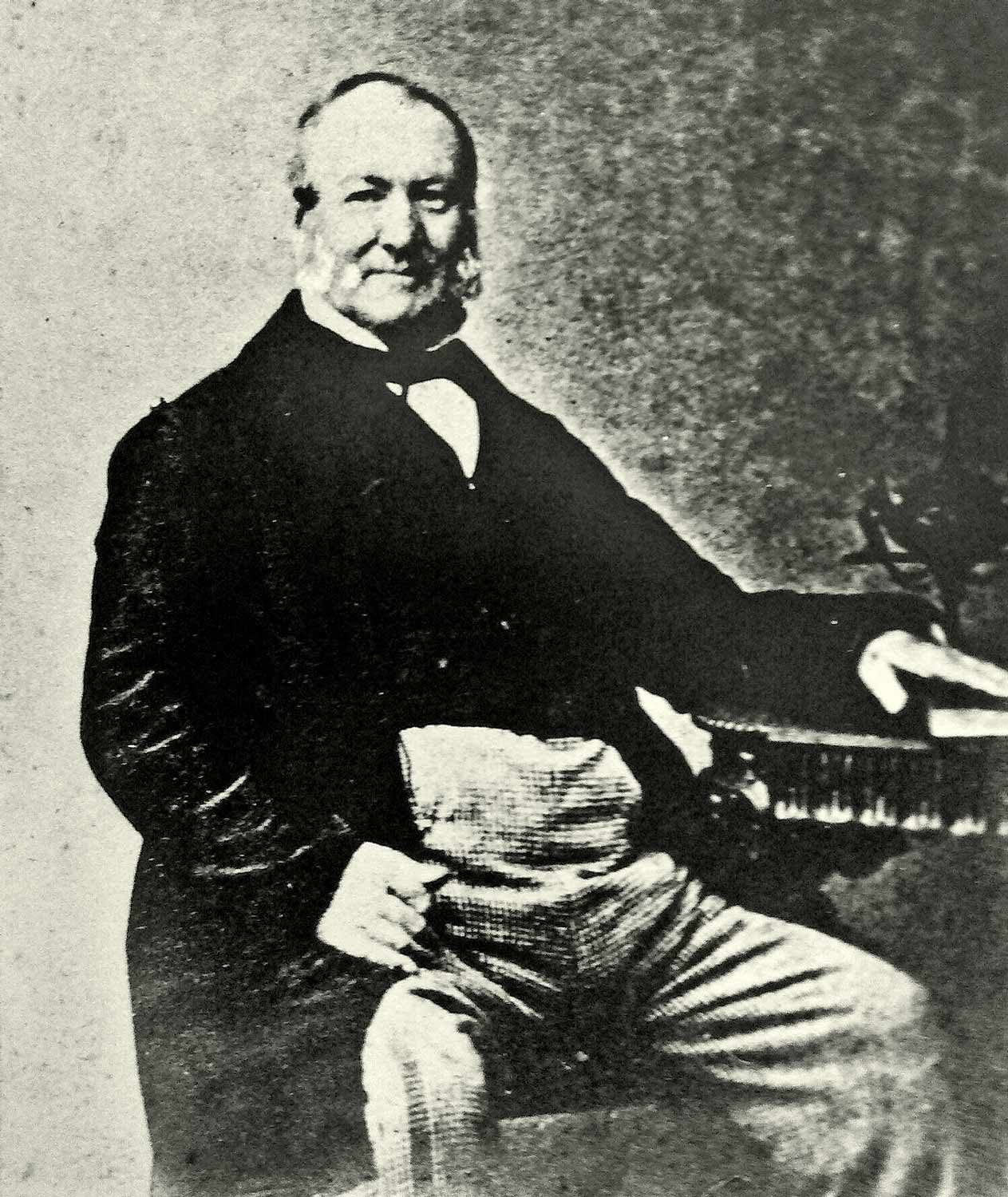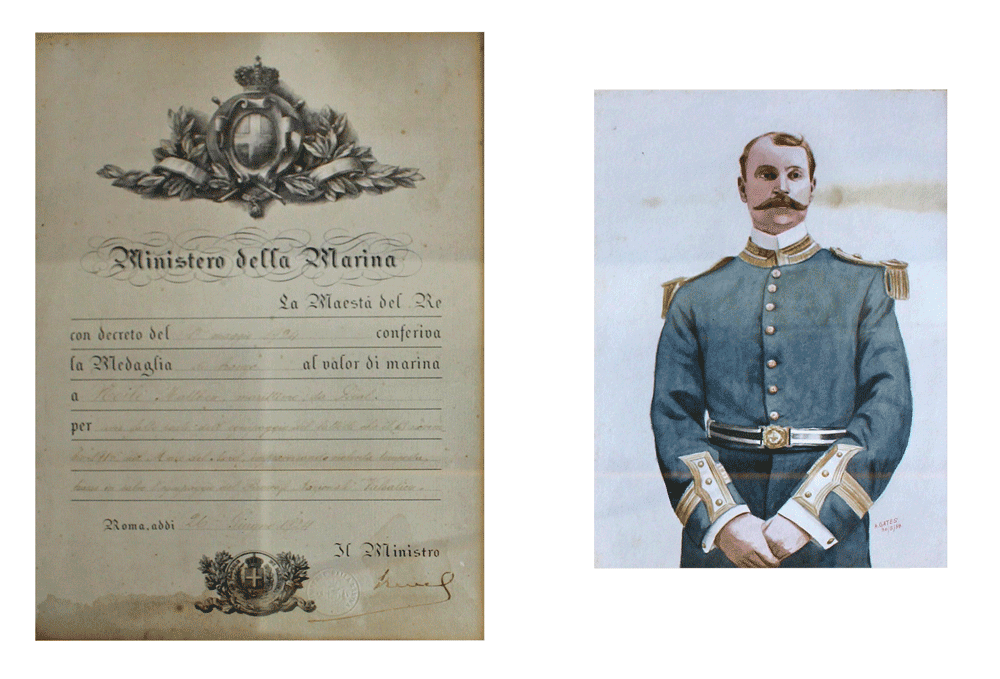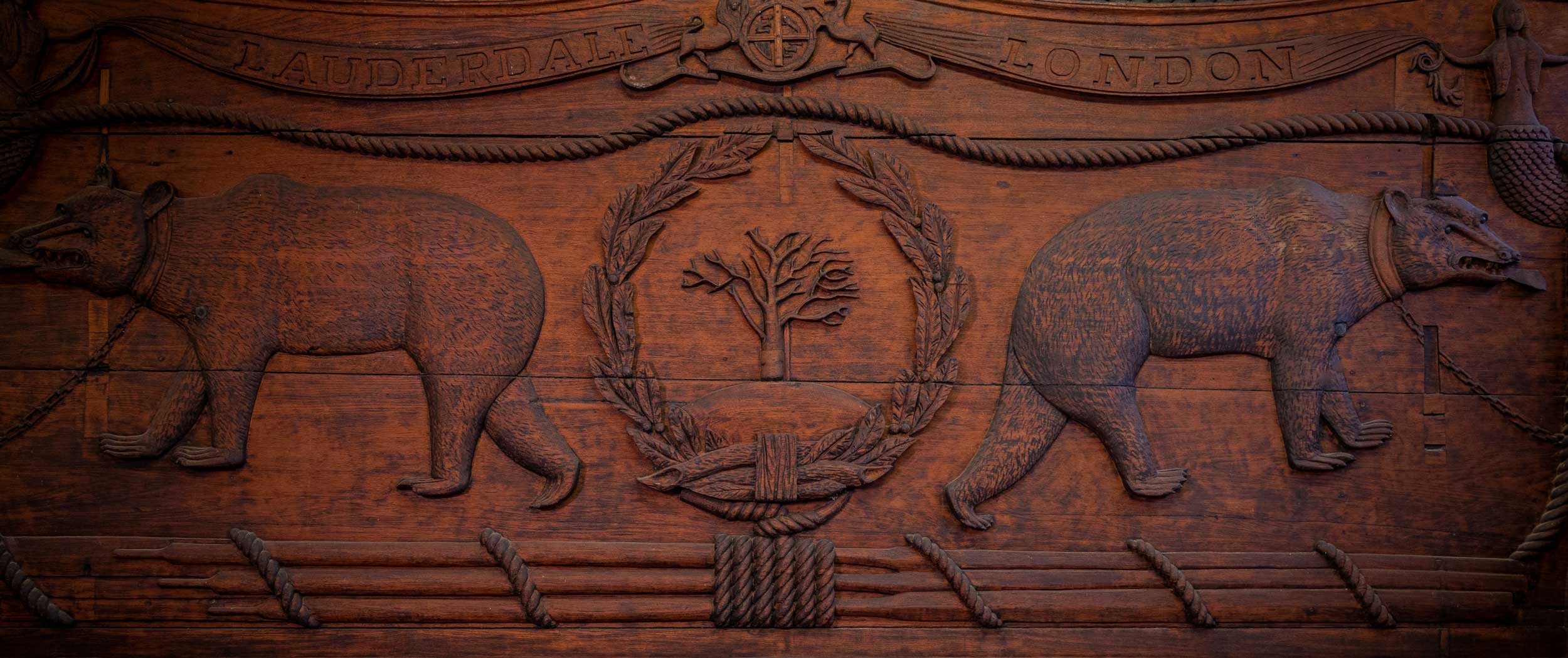
Deal native William Henry Stanton (1803-1878) first went to sea at the age of 11.
By the time he passed his examination as a Cinque Ports pilot around the age of 30, he had been a fisherman, deep-sea mariner, boatman, smuggler and pilot. We know much of this story from his autobiography, written during the winter of 1860-61, now in Deal Museum. It is an intriguing if curious volume, containing episodes from his life, interspersed with observations, songs, poetry, even the occasional illustration.
In 1826, after a series of overseas voyages to India and South America:
‘He left of foreign voyages entirely and stuck to the boating business for some years and bought the sixth part of a set of boats. The largest of these was called the Ox, a second class boat call’d the Fox, together with a galley, a punt and materials of all descriptions for working at wrecks on the Goodwin.’
The Ox was a Deal lugger built in 1807, registered to Thomas Cottle. This section of the autobiography contains many colourful accounts of shipwreck and salvage over a period of about 15 years. From these stories we can see that several large Deal vessels were often in action together. On New Year’s eve 1830, the Dart and Stour luggers worked with the Ox to rescue the crew and salvage the cargo of the Alexander of Hamburg. There are many references to the hazards of life as a boatman, the poor rewards for salvage, and the wear and damage to boats often up to 20 years old.
Perhaps this lack of reward tempted William to try smuggling. Goods (tea, silks and satin ribbon) were brought from Calais in a French boat. After several successful runs, the vessel was seized by the coast blockade soon after landing, with William escaping arrest. He was tempted again three years later, when he was asked to recover spirits sunk in the anchorage off Deal. He was captured but was able to persuade the magistrates that he was innocent, claiming he had been fishing for smelt.
By early 1832, the conditions of Deal boatmen and their dependents became so desperate that a petition requesting relief was made to both Trinity House and the House of Commons. William was prominent in pleading the case, which resulted in a House of Commons enquiry into the local conduct of pilotage. The boatmen argued that allowing them to bring vessels into the Downs and to be paid the same fees as pilots would resolve many of their problems. The enquiry recommended in favour of the boatmen.
Encouraged by this outcome, William applied for a pilot’s examination. After a direct appeal to the Duke of Wellington, then Lord Warden of the Cinque Ports, he succeeded and was admitted in 1835. He remained a pilot until his retirement about 30 years later.
 Despite the huge swells and the difficulty of evacuating 30 crew, none of whom could speak English, the lifeboat was kept steady in the appalling conditions and all crew were saved, although sadly not the ship itself. It wasn’t until 3am on the Monday morning that the lifeboat made it back to shore.
Despite the huge swells and the difficulty of evacuating 30 crew, none of whom could speak English, the lifeboat was kept steady in the appalling conditions and all crew were saved, although sadly not the ship itself. It wasn’t until 3am on the Monday morning that the lifeboat made it back to shore.



